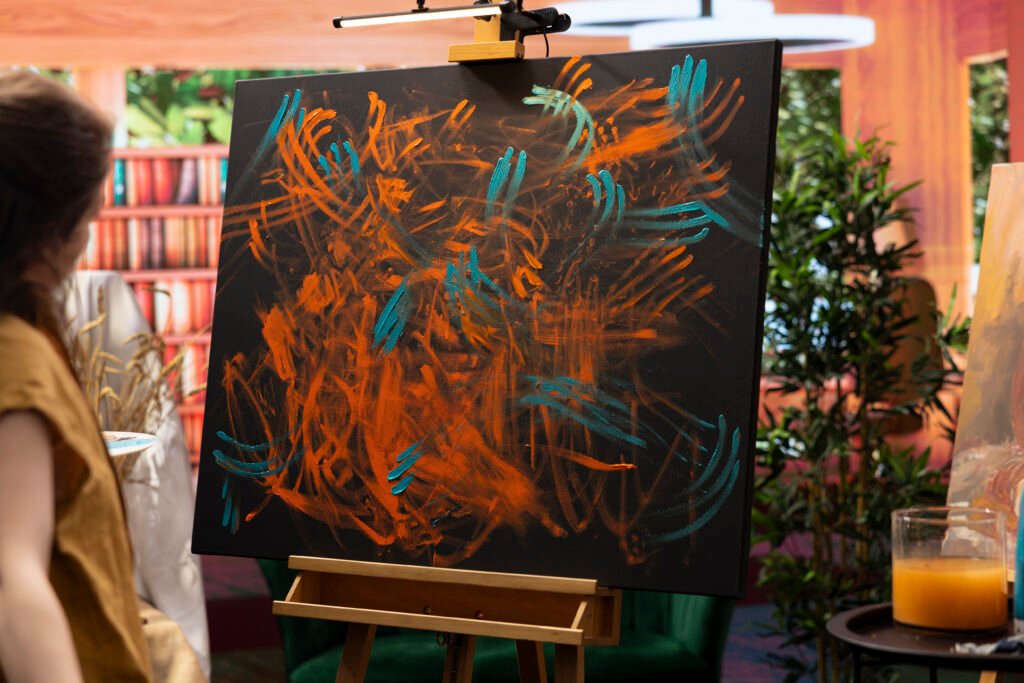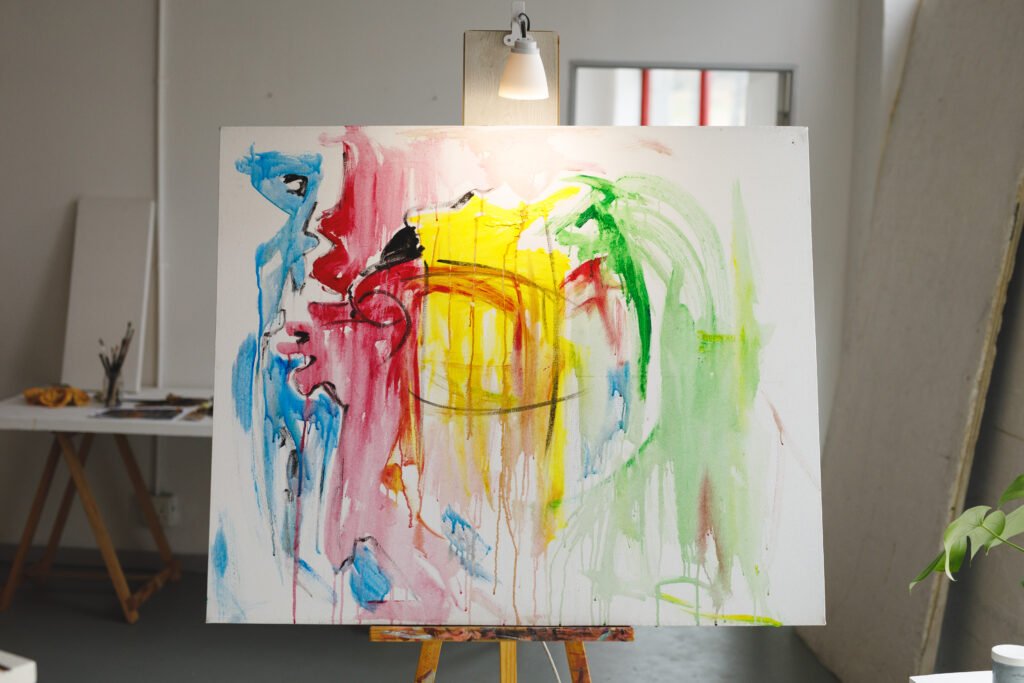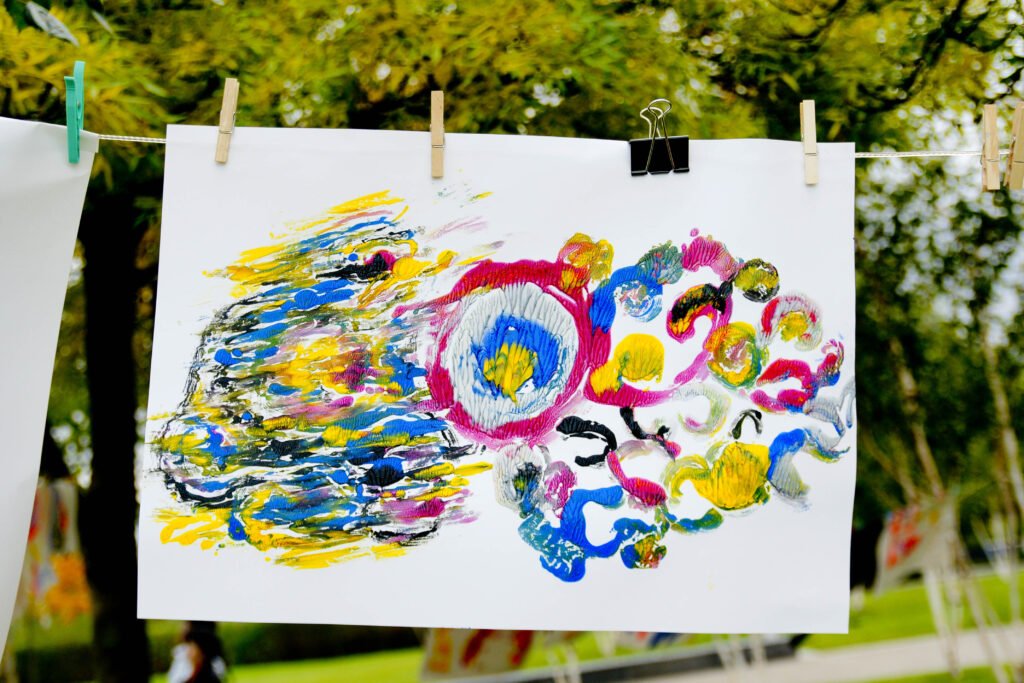An abstract art painting can completely transform a space, bringing originality and personality. However, choosing a high-quality piece requires more than simply liking the colors or composition. It’s essential to understand technical and conceptual aspects that distinguish an exceptional work from a merely decorative one.
For those looking to buy abstract art or invest in abstract art paintings, knowing these elements is key to making confident and enriching choices.
Abstract Art Painting: Assessing Technical Quality
The first step to identifying a good abstract art painting is evaluating its technical execution. According to Wassily Kandinsky in Concerning the Spiritual in Art (1911), technique is “the visible foundation of inner expression.” Even in abstraction, where literal representation isn’t the priority, there are technical elements that indicate the artist’s maturity.
Points to consider:
- Mastery of the medium: whether oil, acrylic, or watercolor, paint application should be consistent, without cracking or unintentional flaws;
- Balanced composition: even without recognizable figures, the organization of visual elements must convey harmony or tension consciously;
- Colors and textures: thoughtful use of color, contrasts, and reliefs, avoiding excesses that compromise unity.
Studying reference works at museums such as MoMA or Tate Modern helps develop a more critical eye and understand how masters work with texture, rhythm, and space.
Analyzing Concept and Originality
A good abstract art painting is not only well-executed but also carries the artist’s unique intention and vision. In The Story of Art (1995), E. H. Gombrich notes that “originality is the authentic voice that manifests even without words.”
To evaluate the concept:
- Research the artist’s background: education, influences, career, and exhibitions;
- Check the consistency of their work: strong artists maintain a recognizable identity even when exploring different techniques;
- Observe whether the piece elicits emotional or intellectual responses: good abstraction invites the viewer to create personal interpretations.
Originality also emerges in how an artist blends styles and techniques. Some merge abstract expressionism with minimalism; others incorporate collage, photography, or digital elements, creating hybrid works.
Documentation and Provenance
When buying abstract art paintings, especially as an investment, provenance is crucial. A valuable work should come with a certificate of authenticity issued by the artist or a reputable gallery.

According to Christiane Paul in Digital Art (2015), traceability and documentation are even more important in the contemporary era, where digital reproductions are common. Buyers should check:
- Certificate of authenticity;
- Artist’s signature or mark on the work;
- Exhibition and publication history mentioning the piece.
Platforms like Saatchi Art and Artsy offer tools for verifying provenance and authenticity before making a purchase.
Abstract Art: Combining Aesthetic Eye and Knowledge
Identifying a good abstract art painting involves combining aesthetic sensitivity with careful analysis. It’s a process that blends emotion, technical knowledge, and awareness of the art market. By studying masterpieces, reading about the subject, and attending exhibitions, buyers develop a repertoire that enables more informed choices.
Whether for decorating a space or for investing, understanding these aspects ensures that the purchase is not only aesthetic but also cultural and patrimonial. After all, true abstract art continues to intrigue, move, and challenge our perception decade after decade.



